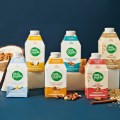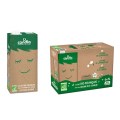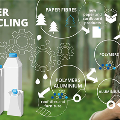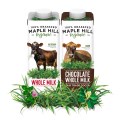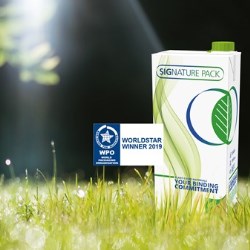If this is your company, CONTACT US to activate Packbase™ software to build your portal.


In recent years, the growing urban and ocean waste problem has captured the world’s attention. As result, we’ve seen a concerted push for sustainability and waste reduction across the food and beverage industry, with an increase in more renewable and recyclable materials together with a reduction in single-use plastics.
More and more, packaging is facing consumer concerns that too much is bad for the planet. But at the same time, the use of single-serve packaging has actually been steadily growing. So what exactly is driving this trend? And what is it that consumers really want?
Small is the new big
According to research company Technavio, the global single-serve packaging market is set to grow by over $30.5 billion during 2018-2022. This represents a CAGR of about 5% with much of the growth coming from Asia-Pacific. With consumers increasingly living alone or in smaller households, with growing urbanisation, and with more on-the-go lifestyles, brands and producers are simply under pressure to offer more single-serve packaged products.
As we’ve explored in other trend stories on SIGnals, consumers are seeking more convenient food and beverage options to fit into their busy schedules. They’re steadily changing their attitudes towards snacking. They’re more concerned about health, diet and portion control. And they’re looking for more choice, variety and individualisation than ever. All of which has created the perfect storm for single-serve products to thrive.
Serving sustainability
While single-serve packaging has faced consumer criticism for its supposed contribution to waste, the industry has an opportunity to respond. Single-serve products can actually help reduce food waste, and subsequently the resources needed to produce it, while the use of more renewable and recyclable packaging materials is an obvious benefit to the environment.
In our Power of One series, we’ll be deep diving into issues like this and more – investigating the growth in single-serve food and beverage products, the consumer trends driving this, the segments that are benefiting, and, crucially, how producers can meet this demand in a cost-effective, efficient and sustainable way. Don’t miss part two when we’ll explore the major trends driving the single-serve surge.




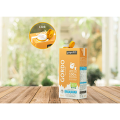
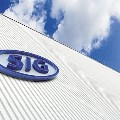
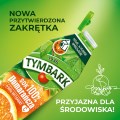
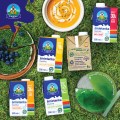
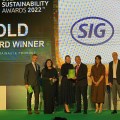
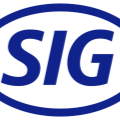




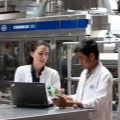

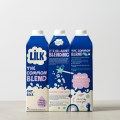

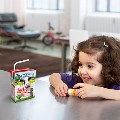
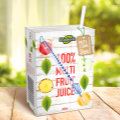
.jpg)
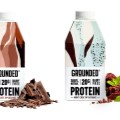
.jpg)
